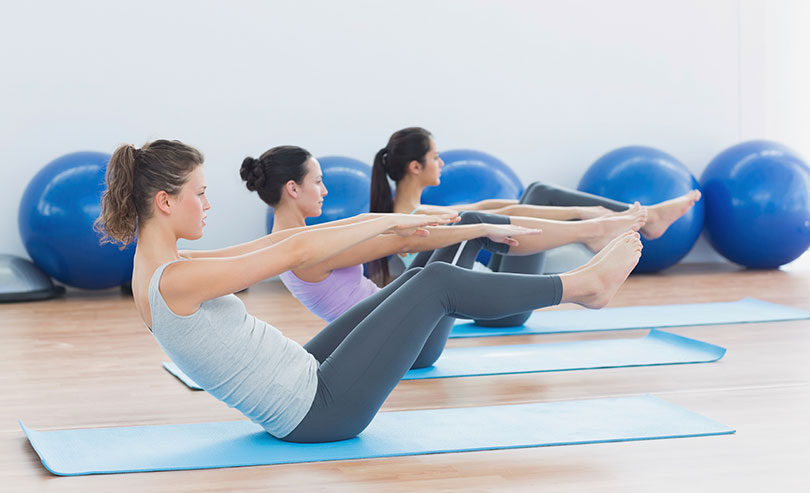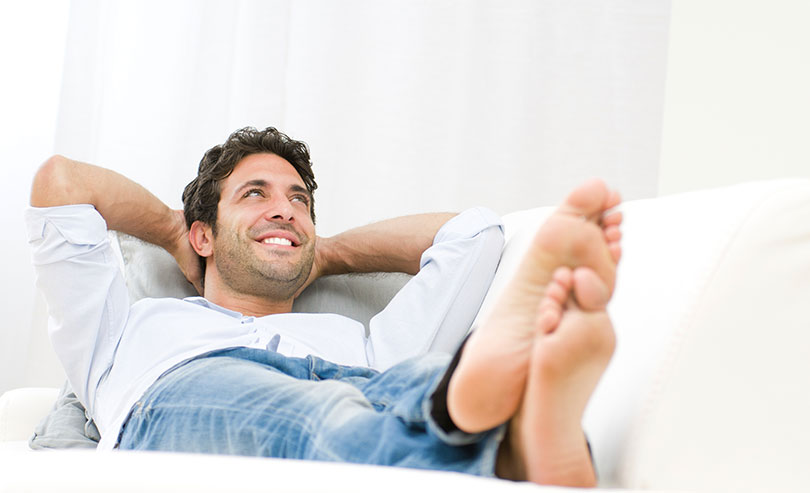Photo Credit: 4774344sean / istockphoto.com
Bladder Training for Overactive Bladder
Bladder training is a widely used therapy for the treatment of overactive bladder, OAB. Bladder training offers several benefits. Here are some reasons why you may decide to try bladder training if you suffer from OAB.
- It is a free therapy that simply requires education and practice.
- Bladder training can be performed in any place.
- You will be able to hold larger amounts of urine in your bladder.
- Trips to the bathroom will decrease.
- You may sleep better because you’ll have to urinate as frequently.
- Your energy level may improve due to enhanced rest.
- You will have better control over sensations of urgency.
- Incontinent episodes and dribbling may decrease.
- You will feel more relaxed and less embarrassed.
- Your pelvic floor muscles will be healthier.
- Your sexual life may be more satisfying.
Bladder training takes time. Expect to perform the training exercises for three months before you see results. However, some people see improvement in less time. You must do bladder training correctly and consistently for maximum results.
Consult with a Bladder Training Specialist
Ask your doctor for a referral to a bladder training specialist. Registered nurses, nurse practitioners, and physical therapists often specialize in urinary health. They can develop a personalized bladder training program with you. It is important to have a personalized treatment plan because the causes and treatments for OAB vary greatly.
A bladder training specialist can help you to locate your pelvic floor muscles, guide you so that you perform the prescribed exercises correctly, and provide encouragement. The bladder training specialist will offer you with a wide array of tips that will help to ensure your success.
Once you learn how to train your bladder, you will be able to perform most of the exercises and activities independently.
Beginning Bladder Training
The first step in the bladder training process is to learn what your baseline voiding pattern is. To do this you will need to keep a urinary journal. Your bladder training specialist may supply you with a blank journal but if not, purchase a small notebook that is easy to carry. Note each time that you feel the urge to urinate and record when you urinate. Include times that you are continent as well as episodes of incontinence.
I think it is helpful to note what your intake, activity, and mood is each time that you make an entry. Your urinary journal will help you and your health care provider to learn about your specific needs and causes of OAB. This is valuable information. Your journal facilitate the creation of an effective treatment plan for you. It will provide you with opportunities to determine the effectiveness of treatment, too.
Plan to Urinate
You and your bladder training expert will review your journal to determine how frequently you urinate. Based on that information, a bathroom schedule will be structured. Add fifteen minutes to the time that you normally need between trips to the bathroom – if you normally urinate every 45 minutes, you should plan on going to the bathroom every hour.
Go to the bathroom and attempt to urinate every time that you are scheduled to go even if you do not need to urinate. This process helps you to extend your time between voidings. It improves your ability to hold your urine and will gradually give you mastery over the urges. Over time you will slowly increase the time between scheduled bathroom visits.
Eventually, you may only need to go every three hours or more.
The same properties in Botox that help firm the face can also help strengthen the bladder. Read more about Botox treatment for overactive bladder here.
Create a Drinking Schedule
Make sure that you drink enough fluids. If you do not, you will become dehydrated, and constipation may result. When you are constipated, your OAB symptoms may become more intense.
Additionally, you must drink enough fluid so that your urine does not become too concentrated, as this may cause bladder irritation. You are also more susceptible to contracting a urinary tract infection if you do not drink enough fluids. Talk with your bladder training specialist so that you can create a drinking schedule that is effective for you.
Stop drinking fluids approximately two hours before bedtime, and limit or avoid drinking soft drinks and beverages containing caffeine or alcohol. Some people also find that beverages and foods containing artificial sweeteners irritate their bladders.
Resist the Urge to Urinate
When you have an urge to urinate, attempt to hold your urine. Initially, you may only be able to delay going to the bathroom for a minute or so. With practice, you will get better at it. Gradually increase the length of time that you hold your urine.
Your bladder training specialist can teach you techniques for distracting yourself from the urge to go. Some people say the alphabet, sing a song, or count backwards. Do whatever works best for you. You may want to learn some breathing exercises and relaxation techniques so that you will be able to endure the urges.
Resisting the urge to go will help you to gain control over your symptoms. It will also help you to become more comfortable with a having a greater amount of urine in your bladder. Your urethral sphincter, which is a muscle that controls the flow of urine from your bladder, will become stronger.
When you have an urge to urinate, walk to the bathroom at a normal pace. Concentrate on keeping your mind and body relaxed. Try leaning forward while sitting to decrease the urge to urinate. Contracting your pelvic floor muscles may help you to delay urination.
Pelvic Floor Muscle Exercises
Kegel exercises are the most common type of pelvic floor exercises. They are helpful for most, but not all, people who suffer from OAB. Studies indicate that most women are unable to correctly locate and perform pelvic floor exercises, so your bladder training specialist will help you to locate the muscles and ensure that you do the exercises correctly.
Specific exercises will be prescribed by the bladder training specialist. You may need the aid of biofeedback initially, which can also help to measure your progress.
Improving Your Core Strength
Having a strong core can improve the effectiveness of your bladder training exercises. You can strengthen your core by performing exercises that strengthen your abdomen, buttocks, thighs, and back. Research shows that even slight increases in strength positively impact bladder control.
Tips for Successful Bladder Training for Overactive Bladder
- Don’t make a habit of going to the bathroom when you do not have the urge to urinate, as a means to prevent incontinence. The mind-body connection is powerful and this can work against you. Do go if it is your scheduled time, however.
- Initially concentrate on doing your bladder training while you are awake. As you are able to go for longer periods you can start training at night too.
- Be patient. Bladder training requires commitment and time to be effective.
- Celebrate small successes.
- Do not get discouraged if your progress is erratic. Other factors, including diet, stress, and physical illness may make bladder training more challenging temporarily.
Bladder training is sometimes all that is required to treat overactive bladder. Usually, it is most effective when utilized in conjunction with other treatments.
If you do not benefit from bladder training after three or four months, consult with your bladder training specialist or urologist to explore other treatment modalities.







